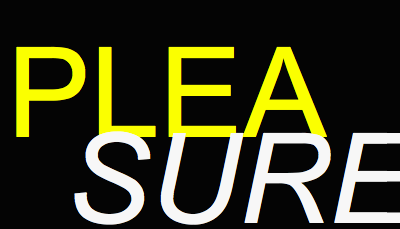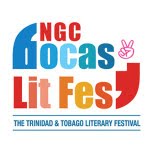Even Jesus fell victim to purple rain:
water’s translucent properties sliced
to bring a Canaan feast to life
deep purple resurrected sane.
I was always a purple people eater
myself: lavender, mauve,
magenta, onion, eggplant,
eddoes tender, purple
carotenes, currant-rich
fruity wine.
To think I find myself sinking in brown:
muck, shifting quicksand
beyond Nariva Swamp,
unknown particles
on the back of a shirt collar
that you needed an extra hour
of blue soap and scrubbing
to white out.
I, the gravel’s companion, amidst:
earthworm-laden soil
(riches for Ms.
Eyston’s African roses),
drab solid patterns
of life before Toto
and Dorothy wished
away in a tornado,
rust stuck to the edges
of a toilet rim,
negatives undeveloped
collecting in boxes
and boxes of cobweb
memories and mental clutter,
cockroaches clinging
to florescent light,
spider legs wrapped
around invisible thread,
infertile dried-up seed
in my English teacher
who had 55 students
but no pickney of her own,
workers in the field
blending in
with the plantations,
skin with no chameleon features
(Is she blushing?)
eternal fixtures
with a knick-knack
paddy wack
give a slave a bone
this ole massa
claimed him sold,
pits of underground
cavities and root canals
festering from years
of silence
(fecal productivity sewers bowels you know the
shit I’m talking about lifeless uniforms of school
teacher leave those kids alone
paper bag lunches
with 200 grams of Ritalin-laced goodness wooden
rule iron fist lesser known ivy league of poisons
said the Creole You, who penned dart’s mouth
and yalleed: “Bloody Columbian blue corn,
‘ell have ‘ard no fury like a prince tong!” color
with
no opacity or meaning to you to me)
*
Brown is:
dried blood on Veronica’s cloth,
cinnamon sprinkled lattes
on a day of due dates,
seeped out cocoa clinging
to callused children’s feet
during the ripening dance,
molasses-rich toolum
that hurts your teeth,
frying pan bottom
sizzling bacon juices
on Saturday morning,
the color of my mother’s thighs
bespeckled with varicose
after years of a kitchen too small
to contain her mastery,
toasty tanned Mexicano brothers
walking like they’ve come
to reclaim their land,
hairy coconut husks
that fall after the wind has its way,
beetles crawling in trenches
with time bombs of history,
Jackie’s revenge--
All colors combined
into a murk of possibilities,
two shades away from my father’s
yellow complexion, or any semblance
that connected him to me.
*
But brown goes deeper:
Elizabeth Taylor’s violet eyes (fake),
that a child craved
and in the process
carved out a face
that might not reflect me.
JG Awai is a post-graduate English student living in New York. She likes fruit smoothies.










































